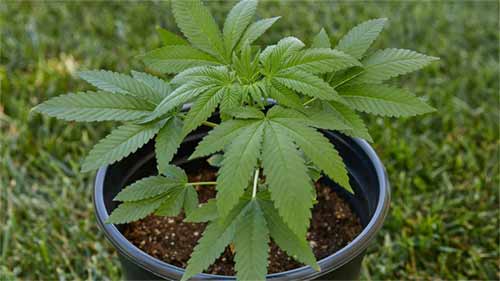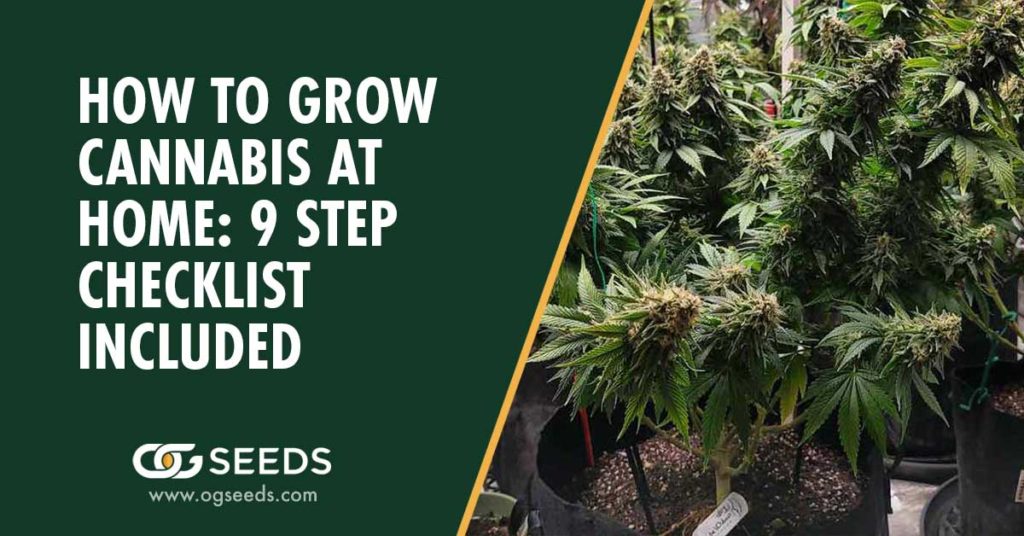
How to Grow Cannabis at Home: 9 Step Checklist Included
Want to learn how to grow Cannabis at home? Are you a cannabis enthusiast? Want to know about the ideal approach to growing cannabis at home with amazing results? If you said yes to any of these questions, then this article is for you.
Cannabis cultivation can be an exciting experience! Becoming a grower enables you to make the best use of the available resources. It encourages you to produce top-quality potent cannabis with desirable strain options.
Here we have a detailed outline to help growers understand the process of growing cannabis at home. This cultivation process offers diverse benefits, including top-notch quality harvests, optimal potency, high smell, and a mouth-watering blend of tastes.
Sounds interesting, right? Want to know more about the process of growing cannabis at home? Go through this article, and we will ensure you can cultivate the best cannabis in your home’s comfort.
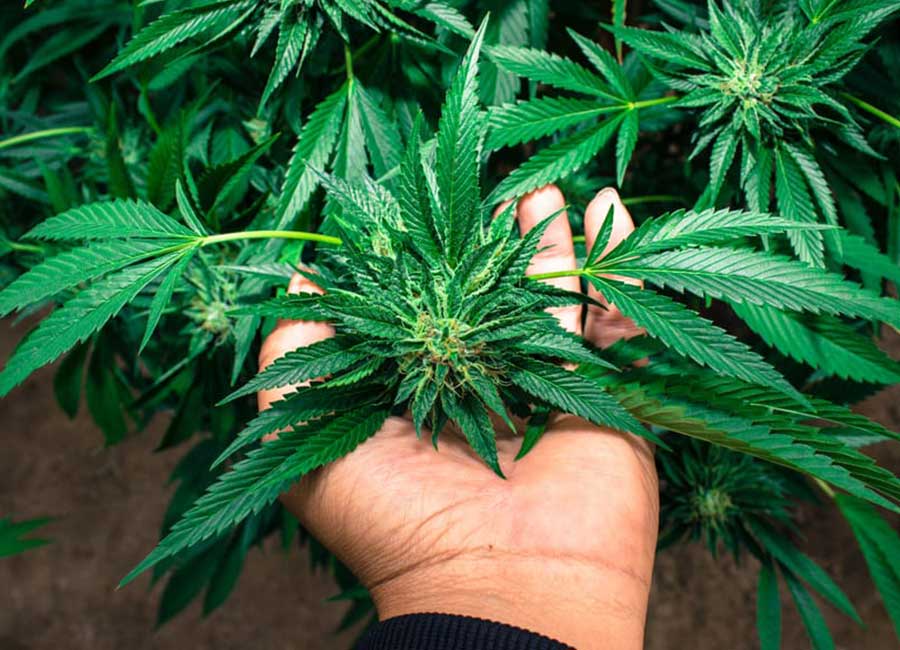
Table of Contents
Why Grow Cannabis At Home?
Growing cannabis at home can be a rewarding task for cannabis users as it can help them get an adequate supply without burning a hole in their pockets. Although commercial cultivation of cannabis offers gives you access to different strains, they don’t care for their plants the same way as you will care for yours. You feel much more connected to the bud you are smoking if you grow it yourself. Growing at home carries many advantages that might encourage consumers to set up their own cannabis growing setups at home.
A key advantage of cultivating cannabis at home is the ability to control many factors, including the environment and growth environment. With proper knowledge and following of different techniques, cultivation at home can result in better tasting, high potency, and amazing cannabis bud production.
Moreover, it’s easier to keep cannabis undiscovered and safe from theft by growing it at home. There are fewer chances of mold or pest attacks when cannabis is grown in a controlled environment at home. Therefore, it might be a great idea to have your own cannabis grow space at home if it can be cultivated legally according to your location.
Benefits Of Growing Cannabis At Home
There are countless benefits of growing cannabis at home! It ranges from monetary benefits to top-notch bud production with premium taste and high potency so that you can feel the therapeutic effects at a reasonable cost, unlike spending a lot of money on buying cannabis online and offline stores. Here are the top benefits that encourage cannabis cultivation at home.
- Monetary Savings – Cannabis cultivation at home is less expensive and can be done even with a small setup allowing enthusiasts to enjoy their favorite strains without spending too much.
- High-Quality Buds – The application of knowledge and tips offered by cannabis experts can help cultivate top-notch quality buds that offer a perfect combination of amazing tastes and high potency.
- Privacy & Protection – Growing cannabis at home can help in keeping it undiscovered without the involvement of any unwanted people ensuring great privacy and protection against potential theft.
- Adaptability – Cannabis plantation adapts well to their surroundings, which can help cultivators grow this plant at home easily.
- Multiple Harvests Per Year – Growing cannabis at home allows consumers to control the harvests at their convenience, including the vegetation and flowering time. Enthusiasts can choose their harvesting time with consistent results throughout the year.
- Constant Supply – The cultivation of cannabis at home enables avid consumers to have a constant supply of their desired strain without fearing the unavailability of their favorite option when required.
- Better Control Over Grow Environment – Cannabis grown at home allows growers to have better control over environmental factors, which can help in strong plants, better tastes, and efficient protection against mold and pests.
How To Grow Cannabis At Home Indoors
Once you have decided to have your own cannabis growing setup, several aspects need to be considered to ensure a smooth cultivation process. If you grow indoors, you will have much better results than outdoor growing if you do it properly. Here is a simple breakdown of the process of having your own grow space for cannabis in your home.
Indoor cannabis plants are better than outdoor plants. Growing cannabis indoors is the way to go. Get your cannabis seeds from us and get 25 percent off your first order along with fast, free, stealthy shipping. Healthy plant growth can occur by building a proper grow room and caring for your plants properly. Indoor growing produces more potent bud than outdoor growing, and indoor growers have more control over growing conditions than outdoor growers.
Get Your Grow Room Ready First
The first step of starting cannabis cultivation requires a separate room that accommodates the process of environmental control without any exposure to the outer atmosphere. Professional cannabis cultivators might have a separate room to veg, flower, and dry their harvest.
However, people can also have a single room to complete all cultivation processes. It is important to ensure adequate space in your grow area for cannabis cultivation. It’s very important that your grow space brings in fresh cool air to help your plants thrive.
Seal Out All Outer Light Sources
In order to ensure a controlled growth process, it is essential to seal out all the outer light sources so that growers can deploy their light source according to their growing space. Light leaks during the dark periods can negatively impact your plants and cause reversion to a different stage rather than your expectation. Therefore, it is important to have a light-tight space where you control the amount of light required by your plants.
Install Grow Lights
Different types of Cannabis grow lights give off different amounts of heat and brightness, and the colors vary between lights as well. Here is a breakdown of the different lights used by home growers in their grow rooms.
- Metal Halide (MH) – Metal halide is a type of high-intensity discharge (HID) light that is manufactured as industry-standard illuminating equipment to offer a great combination of efficiency and output. It produces a blueish-white light and is used for the vegetative phase of cannabis growth.
- High-Pressure Sodium (HPS) – High-Pressure Sodium is another type of HID, and it produces a reddish-orange light that is generally beneficial for cannabis during the flowering phase.
- LED Grow Lights – Light Emitting Diode (LED) Grow Lights are increasingly used in indoor cannabis grow spaces due to their efficiency and design, offering better production than HID lights.
- Fluorescent Grow Lights – Fluorescent Grow Lights use high-output T5 bulbs and can be an excellent choice for small-scale cannabis cultivators. These lights cost less to set up and do not require a cooling system to control heat generation, as in the case of HID lights.
Placing your lights at a certain distance from the plants is important to ensure proper exposure and controlled heating, such as in the case of HID lights that cause greater heat generation, which might disrupt your plant life cycle. The heat output of your lights need to be considered and the lights placed at the appropriate height.
Growers need to invest in light timers to ensure that the cannabis plants receive lighting whenever required. You must have a good electricity supply to power the lights without any disruption.
Control The Temperature In Your Home Grow
One of the primary factors to consider for high cannabis bud production is effective temperature control. You need to ensure that your plants grow at a desirable temperature which is different according to the growth stages.
The ideal temperature when lights are on will range between 70 to 85 degrees Fahrenheit, whereas when lights are off, the temperature of your grow space should be between 58 to 70 degrees Fahrenheit. The best temperature ranges, according to growth phases, are below:
- Seedlings- 75 to 85 degrees Fahrenheit
- Vegetative phase- 70 to 85 degrees Fahrenheit
- Flowering phase- 65 to 80 degrees Fahrenheit
How To Monitor & Correct Temperature
Growers need to invest in efficient monitoring and maintenance of temperature for their grow spaces. This directly impacts the growing time and production. It is important to have traditional and digital thermometers for monitoring temperature levels. Use regular time intervals to ensure consistent growth and timely correction of any imbalances.
Moreover, home growers need air conditioners and heaters to regulate temperature levels to ensure optimal growth of their cannabis plantation. Any extreme fluctuations in temperature levels can disrupt a cannabis plantation and lead to undesirable outcomes. Growers can also manipulate lighting and airflow to reach a desired temperature level for their grow spaces.
Control The Humidity In Your Home Grow
Another important aspect of ensuring optimal cannabis growth is closely examining the humidity levels in a grow space. Cannabis plantation requires different humidity levels according to various growth phases, so it is crucial to maintain the right balance of humidity for consistent growth.
For this purpose, typical growers need to invest in humidifiers and dehumidifiers to ensure humidity levels are within a perfect range.
How To Monitor & Correct Humidity
Home growers must invest in hygrometers to ensure effective monitoring of humidity levels. Growers can use humidifiers and dehumidifiers to maintain humidity levels. They can also sprinkle water on the plants if there is a drop in the required humidity level.
Provide Enough Air Circulation
Cannabis plants require fresh air for optimal growth, so the air circulation must be adequate in an indoor grow room. For proper air circulation, growers must install oscillating fans attached to structures such as walls and support beams. The fans should be in a position that allows airflow, as per requirement.
There should be exhaust fans that flush out the warm air and regulate airflow. It is important to have filters for mold and pests to keep your cannabis plantation healthy.
Caring For Your Cannabis Plants At Home
Cannabis plants require great attention in the initial growth phases so that they can get the desirable environment for optimal growth. Growers must follow the essential factors to ensure effective growth and high bud production.
Watering Your Cannabis Plants
It is important to use clean water for cannabis plants to ensure rich growth. It is a good idea to buy distilled water with an electrical conductivity metre and a pH metre. The ideal temperature for veg and flowering phases is between 65 to 75 degrees Fahrenheit.
Before watering, growers need to check the dissolved salts and pH levels to use the right type of water. The aeration process can be done according to the situation.
Cannabis Nutrients
There are various types of vegetation and flowering nutrients that can be used to aid the efficient growth of cannabis plants. Seedlings, veg, and flower phases need different amounts of nutrients to grow well, and details for proper nutrient provision are mentioned in the upcoming sections.
Monitor For Pest, Mold & Nutrient Deficiencies
It is crucial to monitor cannabis plants for pests, mold, or nutrient deficiencies that may hinder growth. Growers must observe leaves, color, branches, and even soil to know about imbalances that might harm cannabis plants.
Check & Maintain Your Equipment
Regular checking and maintaining equipment installed in a cannabis grow room is of prime concern to ensure everything runs smoothly. Therefore, growers must check all timers, ACs, humidifiers, dehumidifiers, and other necessary equipment at regular intervals.
Daily Checklist For Your At Home Grow
There are some essential factors that growers need to take care of when growing cannabis at home to ensure high production and potency. These include:
- Timely watering of cannabis plants.
- Proper checking of pH levels for the water used.
- Regular checking for pests, mold, and nutrient deficiencies.
- Proper equipment checks such as dehueys, lights, and fans.
- Efficient maintenance of humidity and temperature levels.
- Cannabis plants should have an adequate amount of space in between.
- Checking the need for topping.
- Proper sterilization to ensure plants are grown in stagnant water.
- Regular adjustment of lights to prevent burning of leaves.
How To Grow Cannabis At Home – Germinating Seeds
Growing cannabis from seeds can offer the best results, such as high production, bigger buds, and amazing flavors. In order to grow from seeds, they need to be germinated.
As discussed in an upcoming section, this process must be completed during the vegetation phase. Growers can also use clones in place of seeds to witness desirable cannabis growth.
Select Your Grow Containers
Growing cannabis at home requires cultivators to select the right grow containers as this will impact grow medium and the size of your plants. Normally, growers use a container ranging between one to five gallons.
Inexpensive options such as cloth and plastic bags are great alternatives to conventional growing containers. Some key factors to consider in a growing container include drainage options, oxygen circulation, nutrient availability, and adequate space.
Choose Your Grow Medium
Choosing the appropriate growing medium for cannabis plants holds great significance as it has a major role in their efficient growth. Some common grow mediums include soil, rock wool cubes, and hydroponic trays.
Soil has different types, some of which are suitable for cannabis growth. Experienced growers use hydroponic trays by suspending plant roots in water that is recycled continuously. Using high quality potting soil is crucial to maximizing bud production and potency.
How To Grow Cannabis At Home – Vegetation Cycle
The vegetation stage of cannabis growth is equally important as the other stages, as during this period, the cannabis plant achieves most of its vertical growth. Here is the process that growers should follow during the veg cycle of their plantation.
How Long Should Cannabis Plants Be In Veg For?
The veg phase of cannabis plants lasts for around 3 to 16 weeks, and the plant achieves maximum vertical growth. During this phase, growers can transplant their plants to larger pots or grow mediums, which might cause stunted growth.
What Type Of Light Cycle Is Best For The Vegetative Phase?
The vegetation phase of cannabis requires at least 18 hours of light and six hours of darkness to achieve optimal growth. Some growers might prefer to increase the lighting hours. However, it is crucial that these hours should not be less than 18 as this could lead to undesirable outcomes.
Create The Right Environment For Growing Cannabis – Vegetative Phase
It is important to create a suitable environment for growing cannabis in the vegetative phase to ensure high production and quicker commencement of the flowering phase. The ideal temperature for this stage ranges between 70 to 85 degrees Fahrenheit with a humidity level of 40 to 60%.
Use The Right Nutrients For Your Veg Cycle
During the veg cycle, cannabis plants develop and require adequate nutrients for strong growth. Therefore, growers need to maintain the right balance of nutrients. The leaves become crisp in case of overfeeding nutrients, whereas leaves become fragile in case of underfeeding.
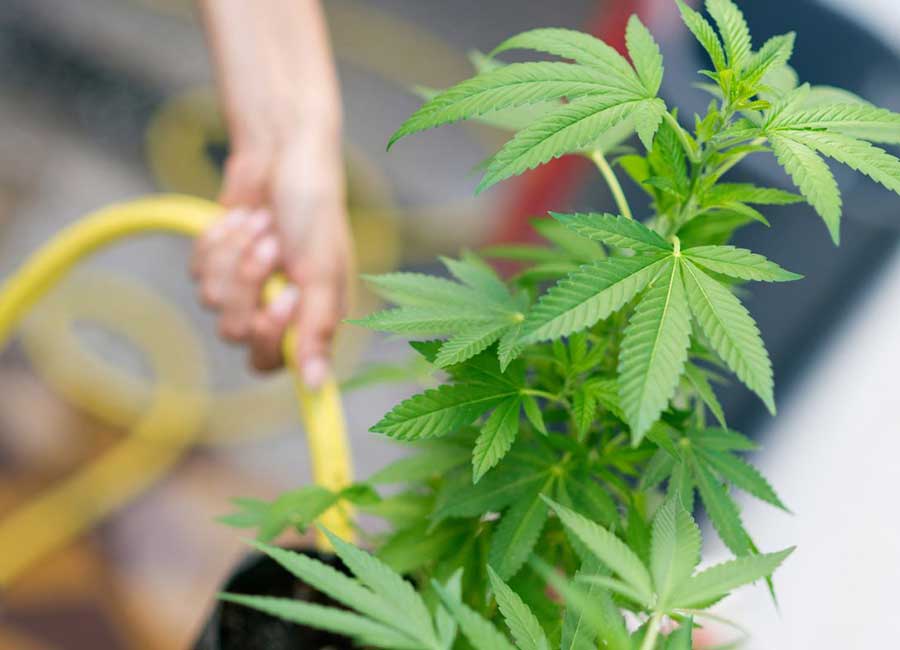
How Often Should I Water In While Vegging?
Cannabis plantation requires different watering levels in each growth phase, so growers need to pay special attention to this aspect to avoid imbalances. During the veg phase, plants require watering with fewer intervals than in the flowering stage.
Ideally, cannabis plants need watering two times a day during the veg cycle. In the case of overwatering, growers might witness drooping leaves, whereas leaves will look lifeless and papery in the case of underwatering.
Use Training Methods To Optimize Your Space & Production During Veg
Cannabis growers all around the world use some sort of training method that helps in the optimization of grow space and enhances the overall bud production of cannabis plants. A simple training technique for cannabis plants can stimulate the process of achieving desirable results without chemicals.
Here are some of the common techniques that help in the growth of stronger and bushier plants:
Topping & “FIM”
Topping is the process of cutting a growing shoot from a stem so that it can get more sunlight for the remaining shoots. This process is performed for the central stems so that the secondary stems can grow efficiently and fulfil their sunlight needs properly. Once the secondary stems achieve optimal growth, they might be topped again to support the growth of more secondary stems.
In addition, “FIM”, also known as “Fuck I missed”, is a process designed to promote the growth of additional stems from the remnant of the topped stem. Both topping and “FIM” ensure height control for cannabis plants and encourage stronger growth.
High-Stress Training (HST) Or “Super Cropping”
High-stress training or super cropping is a technique similar to topping and focuses on the approach to divert energy to the secondary stems. However, this method does not include the removal of the central stem for energy diversion. Instead, it is performed through a pinch of central stems with fingertips so that the inner stem breaks, but the outer bark remains intact.
Moreover, this process develops stress levels for the central stems and maximizes the growth potential for lower stems. The pinched stem will not regain its prior position, but it will allow light to reach the lower stem, leading to stronger and more vigorous growth.
Low-Stress Training (LST)
Low-stress training is a technique that focuses on the maximization of light exposure to the plant surface. It is performed with the help of wires, strings and elastic bands that help fix stems to certain positions without causing any damage.
This method helps ensure the main stem’s growth in a horizontal direction so that lower branches are exposed to more light that stimulates vigorous growth.
Sea Of Green (SOG)
Sea of Green is a method that decreases the time taken by cannabis plants in the vegetation and flowering phase. The plants are forced to reach the flowering phase quicker with a shorter length, increasing light exposure on the surface area. The entire canopy of buds is exposed to light, enabling growers to harvest much sooner with good production.
Remove Lower Branches & “Lollipopping”
This technique provides the best results when performed during the mid to late stages of the flowering phase of cannabis plants. It involves removing the leaves and stems present on the lower one-third area of each plant. These areas channel energy towards the upper part encouraging better flower growth.
Moreover, this technique has an extreme form known as “Lollipopping”. Execute durring the in the last two weeks of the flowering phase. This will ensure the energy is focused on the central stem rather than the secondary ones towards the lower end of a plant.
Screen Of Green (SCROG)
Screen of Green follows the approach of Sea of Green with the addition of a netted screen to contain the height of all cannabis plants in a growing space. The netted screen can be manufactured using several materials, including rope, nylon, or chicken wire. This technique increases the number of buds in a grow space and facilitates harvesting rich potent buds.
Growing Cannabis At Home – Flowering Cycle
How Long Should Cannabis Be In The Flower Stage?
The time taken for cannabis growth in the flowering phase varies according to the strain option chosen, as various strains require different time periods to produce flowers. Usually, this time varies between 8 to 11 weeks. Some strains might also take seven weeks to complete their flowering phase.
What Type Of Light Cycle Is Best For The Flowering Phase?
The flowering phase of cannabis plants requires around 10 to 12 hours of complete darkness. For this phase to occur naturally, a growing space should receive less than twelve hours of sunlight or indoor light.
Therefore, the blooming of buds for cannabis plants requires fewer hours of light exposure to ensure optimal growth in the flowering phase.
Create The Right Environment For Growing Cannabis – Flowering Phase
Growers must maintain the optimal temperature and humidity for the flowering phase of cannabis growth to ensure desirable bud production. The required temperature for this phase is 65 to 80 degrees Fahrenheit with 40 to 50% humidity levels.
Use The Right Nutrients During The Flowering Cycle
Cannabis plants must receive the right amount during the flowering cycle to ensure great blooms. The signs of overfeeding include a yellow and crispy look of leaves, highlighting that you need to mitigate the nutrient levels. In contrast, signs of underfeeding include a pale look with stunted growth. Using the right nutrients will produce the most healthy plants.
Cannabis Grow Room Odor Control
Cannabis odor in an indoor setting is easier to manage than in outdoor plantations. However, it can produce pesky odors, which can perfuse an entire household if not attended to properly.
Cannabis plants in the vegetative stage do not have a strong odor. It won’t smell until they reach the flowering stage and trichomes start to form. Here are some tips to help growers mitigate cannabis odor effectively.
The first step to control cannabis odor is to check the temperature and humidity levels in the growing area. High temperatures lead to significant odor, so it would help if growers installed air conditioners or dehumidifiers for odor mitigation.
Moreover, there must be adequate air circulation in a growing space. For this purpose, intake and exhaust fans can bring down the odor.
Odor management can be complex in the final six weeks of the cannabis plantation life due to the significant formation of aromatic compounds such as trichomes and terpenes. In this case, odor-absorbing gels can mask the smell of cannabis with other strong scents.
Growers can also use carbon filters to trap the volatile compounds present in cannabis plants and reduce the intensity of their odor.
Grow Cannabis At Home Frequently Asked Questions (FAQs)
Can You Grow Cannabis At Home Without Equipment?
Although it is possible to grow cannabis at home without any equipment, it is never best that one should do so. Cannabis plants need light to grow, so growers will need to keep them in an area where it gets ample sunlight, such as by a window.
Moreover, this type of plantation will be dependent on natural light, and growers will have less control over the environmental factors, which might result in lower potency, taste, and smell of the cannabis flowers.
How Small Of Space Can You Grow At Home In?
Although cannabis plants require adequate space to grow well, you can use a micro setup as small as 2′ x 2′ x 4. Moreover, growers need to ensure that regardless of a small grow tent and the cannabis plants must get ample ventilation. It is crucial to ensure that the sterilization process does not compromise keeping them out of stagnant water.
What Kind Of Cannabis Strains Are Easiest To Grow At Home?
Growing cannabis at home is simple; however, some strains might be trickier to grow than others. Growers should opt for strains that can grow well in diverse climates. They will have a strong bud production and accommodate a certain margin of error.
Some cannabis strains that are easy to grow at home include Blue Dream, Wedding Cake, GMO Cookies, Super Lemon Haze, and Sour OG.
Can You Grow Cannabis With Regular LED Lights?
Yes, you can use regular LED lights to grow indoor cannabis plants. Growers need to ensure that the light is adequate enough to support high growth. For this purpose, growers need to check the Photosynthetic Photon Flux Density (PPFD) of the LED lights used in the growth process.
Calculate PPFD can by multiplying the power and efficiency of an LED light, and this figure should be between 950 to 1200 μmol/m2/s.
Is It Easier To Grow Cannabis Indoors Or Outside?
Growing cannabis outdoors is can be easier than the indoor option. Indoor requires a significant startup cost and multiple pieces of equipment. Cannabis grown in the outdoor environment requires less care as these plants can adapt. They will flourish well in the natural environment without incurring high costs of equipment and maintenance.
How Much Can One Cannabis Plant Produce?
How much bud cannabis plants produce varies due to multiple factors, such as environmental and growth settings. It will vary on if you grow the cannabis plant indoors or outdoors. Ideally, a healthy cannabis plant in an outdoor setting produces around 224g of buds, whereas a plant cultivated indoors produces around 112g of buds.
Growing Cannabis At Home – Final Thoughts
Here is a detailed guide to help growers understand how to grow cannabis at home efficiently. If you are looking to have a Cannabis indoor grow set up, this article will help you. Follow the process step by step to achieve great bud production and high-potency cannabis that offers different therapeutic effects.
Moreover, here are some tips to ensure a pleasant experience while growing cannabis at home. Growers need to research well and follow all the required steps carefully to reach desirable outcomes.
For newbies, we recommend considering a holistic view of your growing space. Then set up the required equipment with an aim of not spending a significant amount of money your first time.
We hope this article helped you better understand how to grow cannabis at home with the best results and bountiful bud production. Make sure to follow us on Instagram for weekly Cannabis Growing tips!
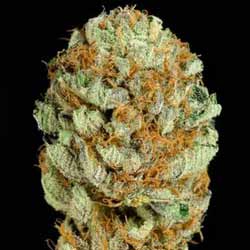
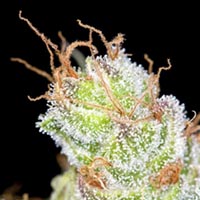
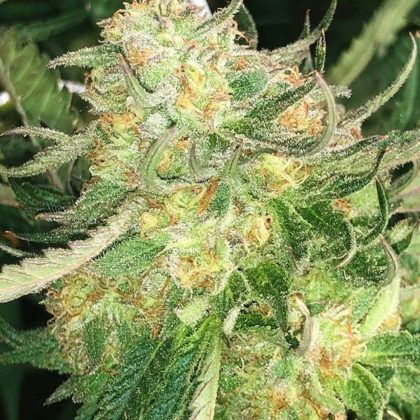
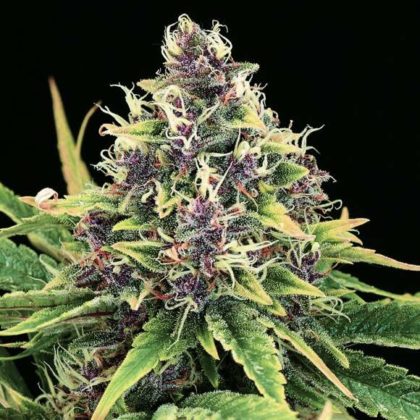



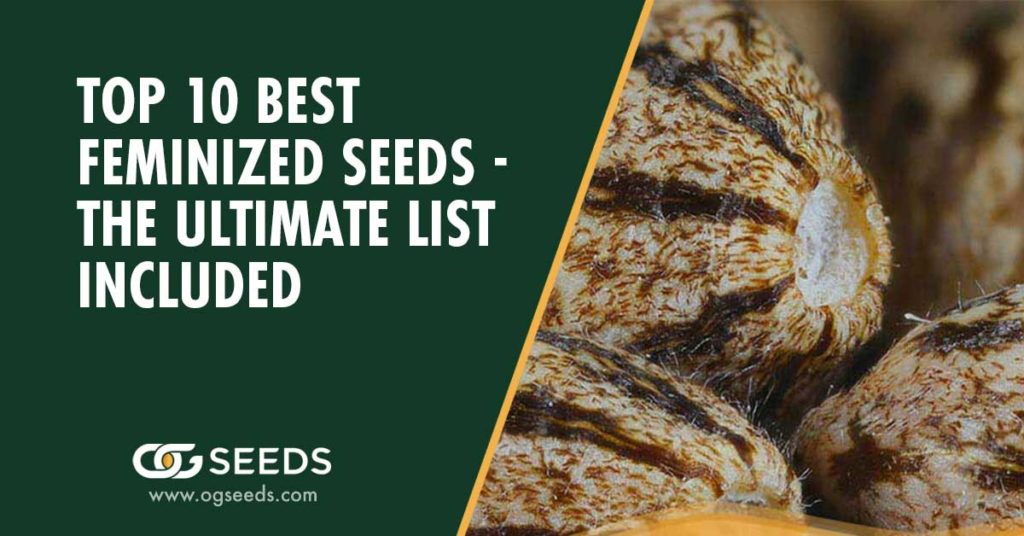
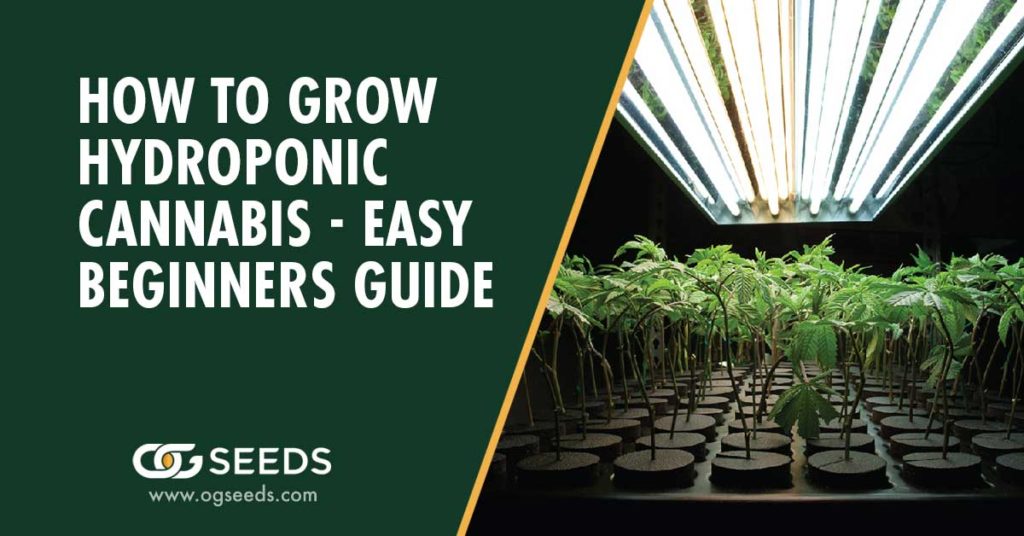
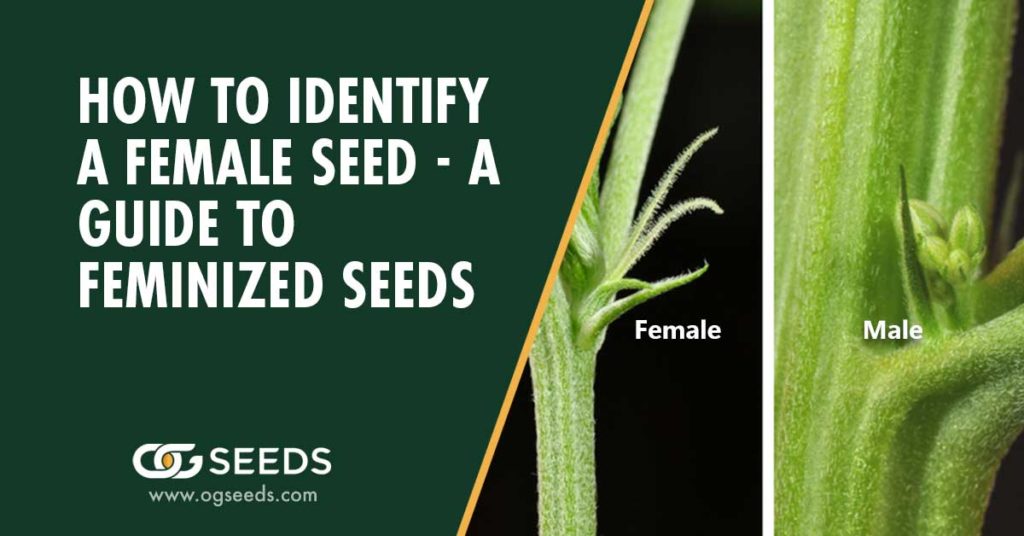
![How Long Does It Take To Grow Cannabis? [Indoors Vs Outdoors]](https://ogseeds.com/wp-content/uploads/2023/01/How_Long_Does_It_Take_To_Grow_Weed_Indoors_Vs_Outdoors_1200x628-1024x536.jpg)
